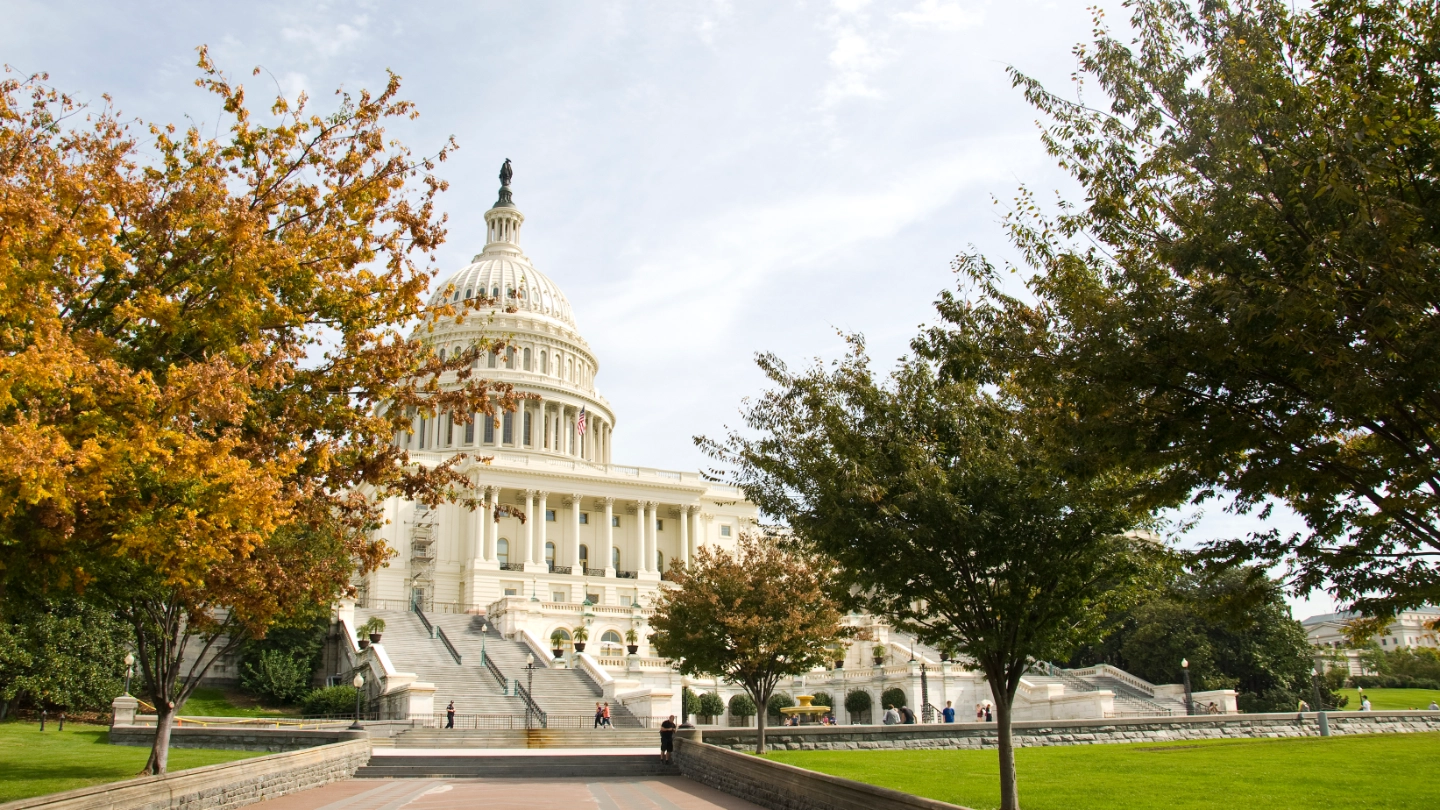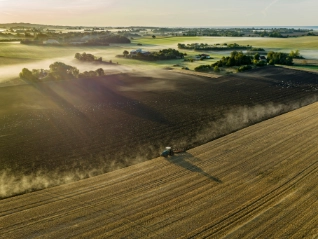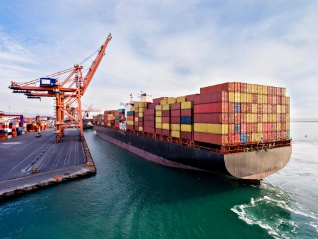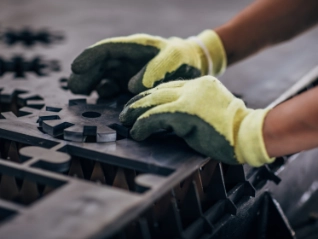Atradius Atrium
Get direct access to your policy information, credit limit application tools and insights.
 United States
United States












Load more
Viewing 7 out of 181






Load more
Viewing 7 out of 208







Load more
Viewing 7 out of 13






Case study
